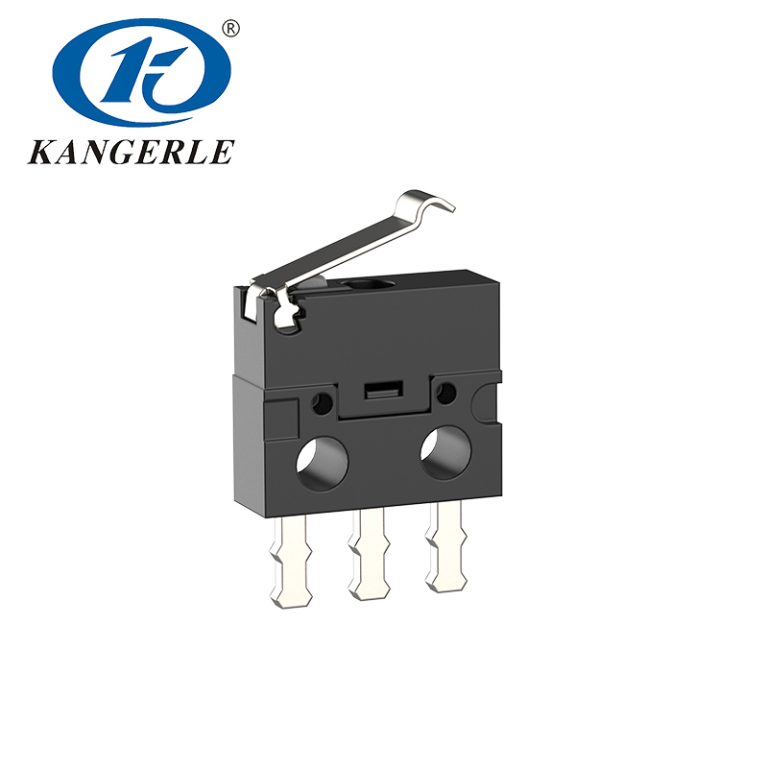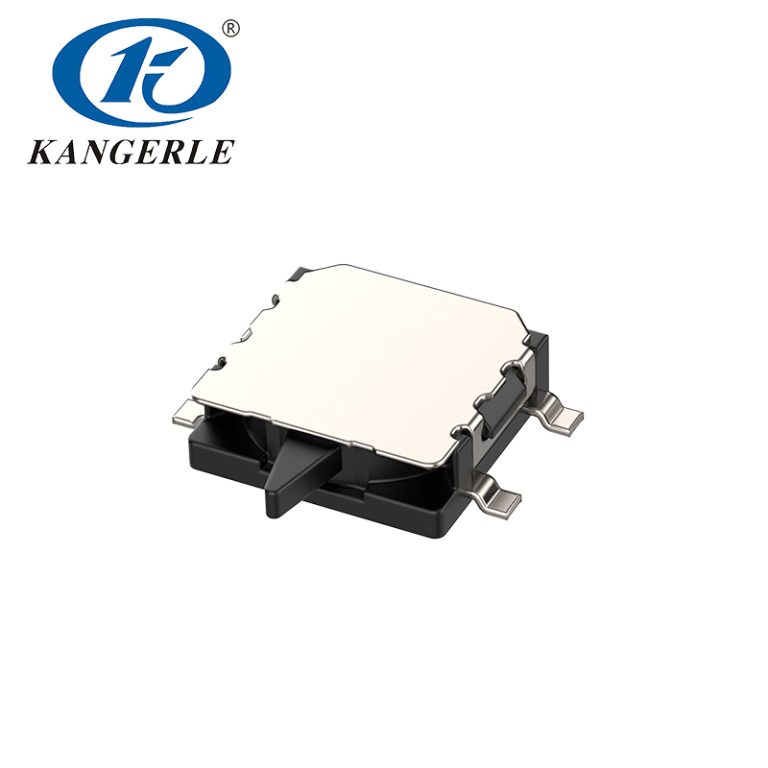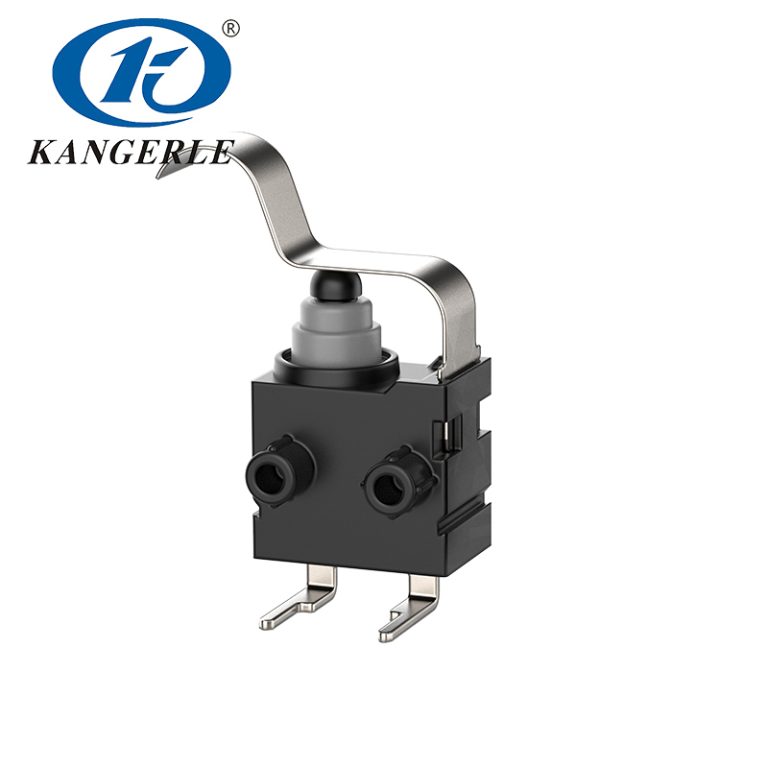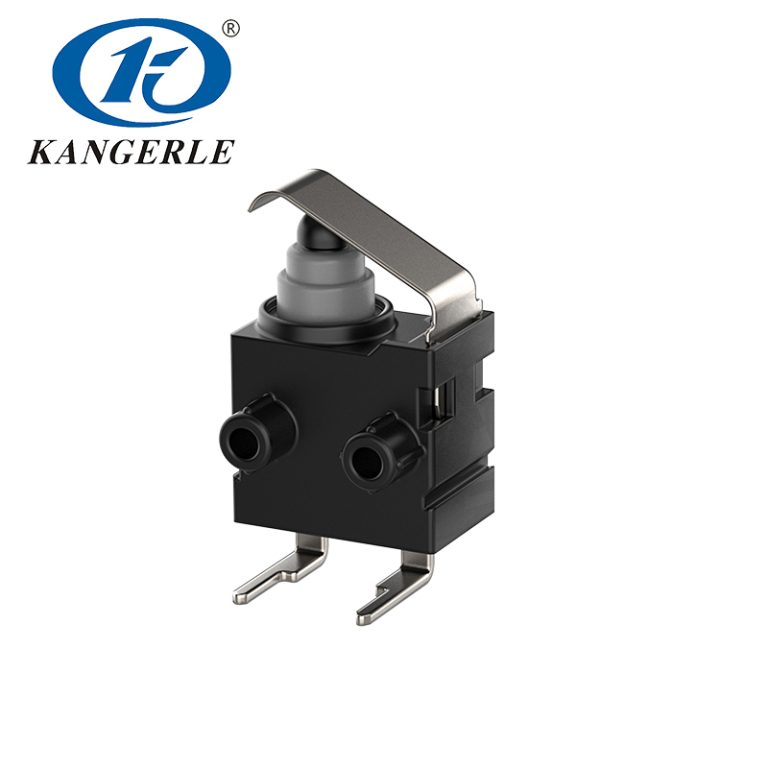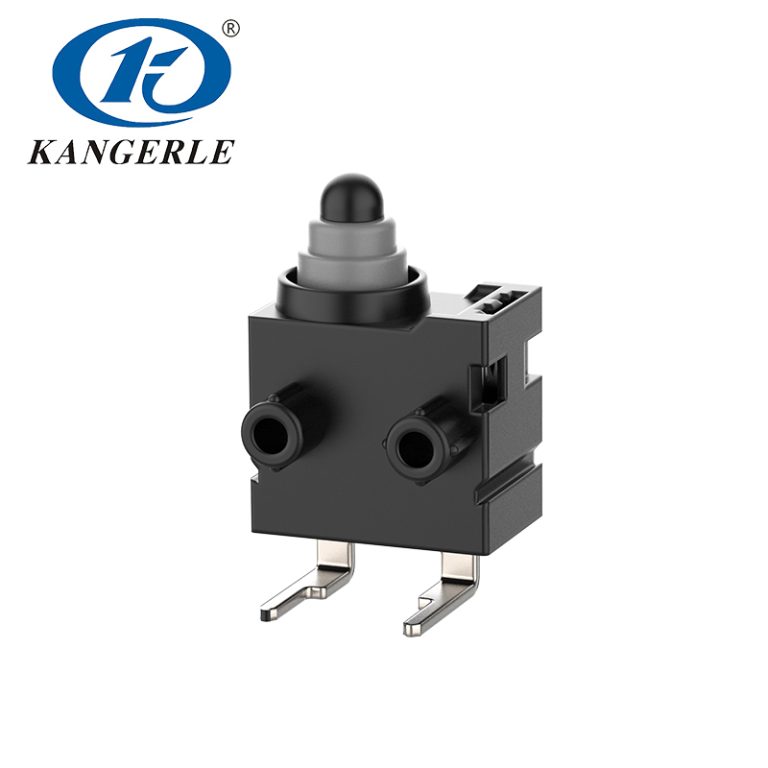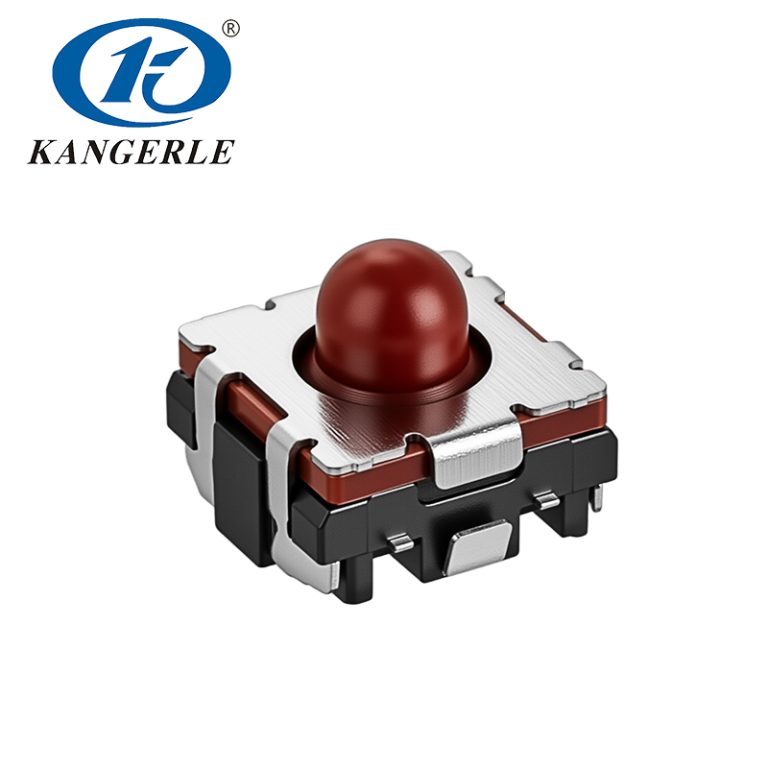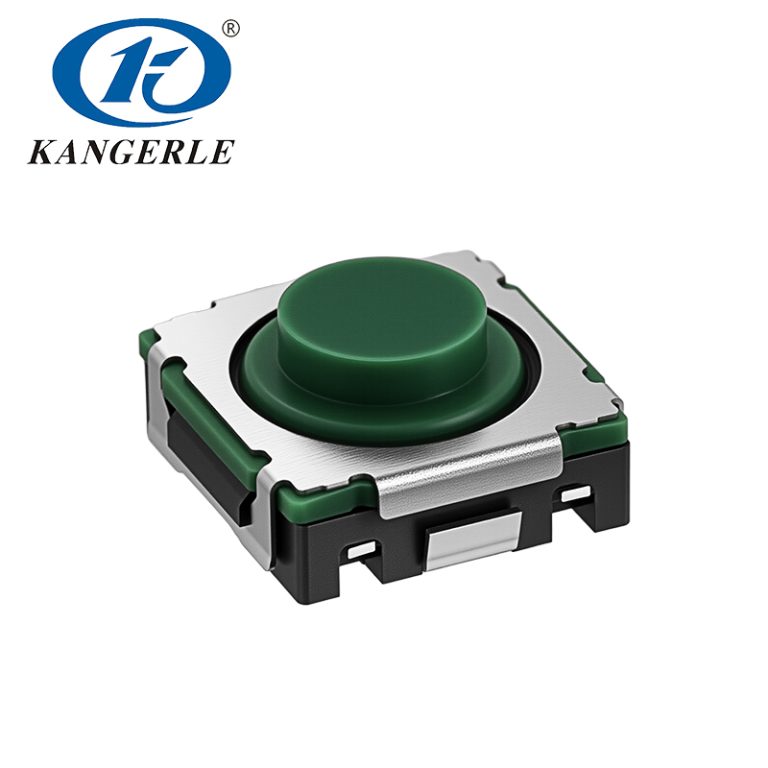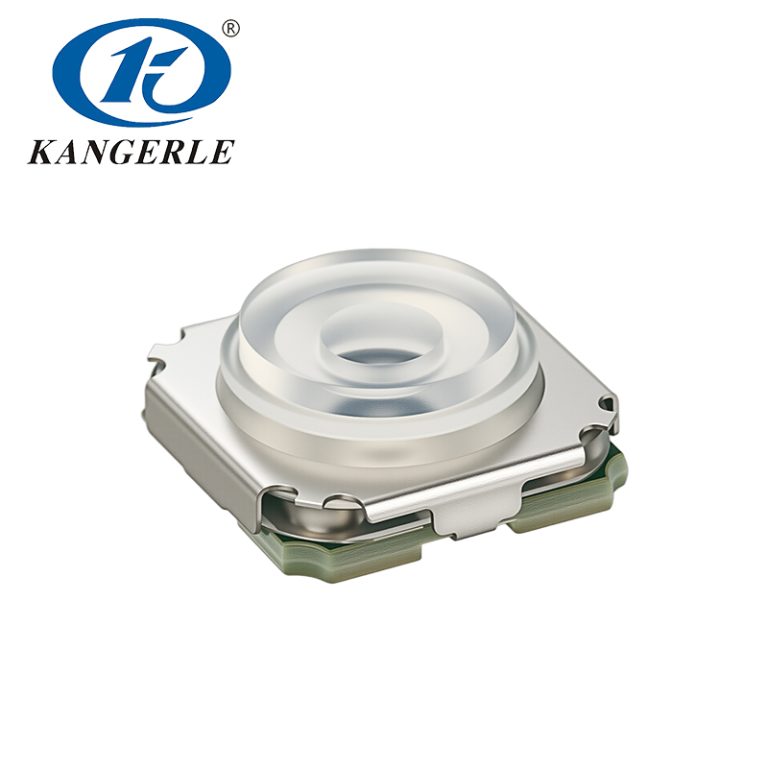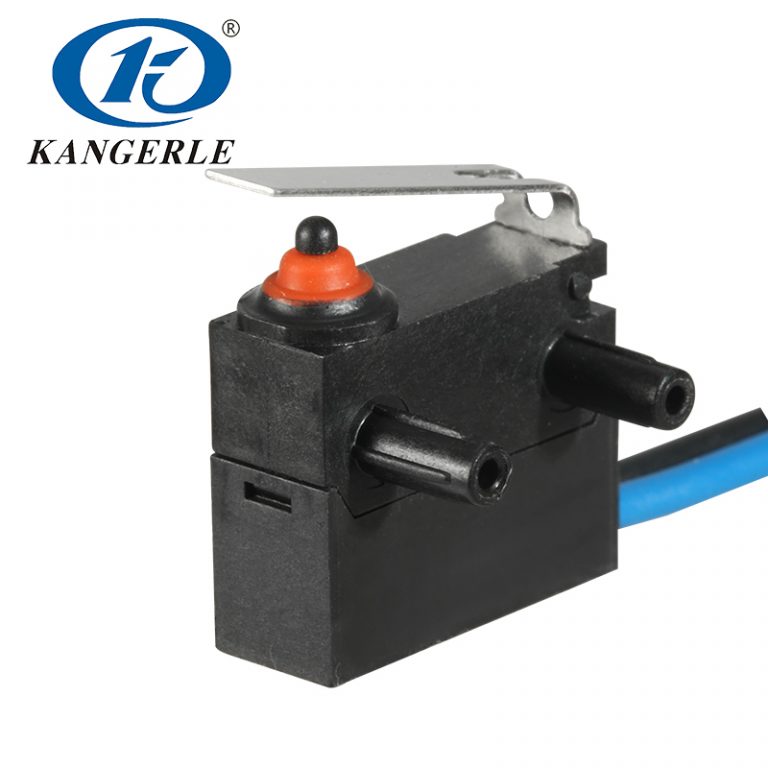
If you love cars or deal with auto tech, you know the environment can be rough. Moisture and dust are always a problem for a car’s electronic parts. That’s where waterproof micro switches come in as lifesavers. These small but strong components keep important functions safe in automotive electronics, especially in tough spots. This 1200-word blog goes deep into their job. It shows how they help in areas like engine bays and door locks. We’ll use real examples and smart ideas to explain.
Why Automotive Electronics Need Protection
Cars nowadays depend a lot on electronics. Things like engine controls and power windows make driving better and safer. But they run into trouble. Moisture can slip in from rain or damp air. Dust can block tiny parts. Both can cause electrical issues or rust, leading to breakdowns. For drivers and repair folks, this means expensive fixes and lost time. So, parts like waterproof micro switches are crucial. They guard electronics from these dangers and keep cars reliable on the road.
What Are Waterproof Micro Switches?
Waterproof micro switches are little devices that control electric circuits. You press them to turn systems on or off. What makes them special is their ability to fight water and dust. They have sealed covers, often made from tough stuff like plastic or metal. They follow IP67 rules, meaning they can stay underwater for 30 minutes at 1 meter and stop tiny dust.
Key Roles in Automotive Electronics
Waterproof micro switches do big jobs in cars. Here’s how they work in spots with moisture and dust:
Engine Compartment Control: They run fuel pumps and sensors. A durable option with a long cycle life helps it survive engine heat and water splashes.
Door Lock Systems: They start the locking process. A model with an IP67 rating keeps water out during washes.
Window and Sunroof Operation: These switches power the motors. Their tight design stops dust from causing jams.
Lighting Systems: Headlights and cabin lights use them. The waterproof feature keeps them going in rain or snow.
Protecting Against Moisture
Moisture is a major foe for car electronics. It can leak into switches or connectors, causing rust or shorts. Waterproof micro switches fight back with solid seals. Take a reliable model. It has an IP67 rating and works in wet areas. It handles 0.1A at 125/250VAC and 3A at 12VDC, great for wiper controls.
Real tests prove their worth. In a heavy downpour, a car’s wipers kept moving thanks to a trusted switch. Without it, water might have stopped them, risking safety. This dependability saves drivers hassle and cuts repair bills.
Defending Against Dust

Dust is another pain. It can clog moving parts and harm circuits. Waterproof micro switches, with their dust-proof build, stop this. One option takes ≤350gf to press and resists dust in sandy spots. This makes it perfect for off-road cars or dusty roads.
Think of a desert rally car. Dust storms could wreck unprotected electronics. But with a dust-resistant switch on the dashboard, controls stayed active. This toughness extends the car’s life and keeps it running well.
Installation and Maintenance Tips
To get the best from waterproof micro switches, take care. Set them up with good wiring to keep the IP67 seal intact. Use tight connectors to prevent leaks. Check the seals often for wear, especially on busy parts like doors. A quick wipe with a cloth keeps dust away. Doing this with a reliable switch can stretch its life to 50,000 cycles.
Challenges and Solutions
Even strong switches have issues. Constant moisture can loosen seals over time. Dust might build up if ignored. To fix this, pick sturdier options for tough jobs. Regular checks spot problems early. Companies like Zhejiang Kangerle can also tweak designs for specific cars, ensuring a good match.
About Zhejiang Kangerle Electronics Co., Ltd.
Zhejiang Kangerle Electronics Co., Ltd. began in Wenzhou in the 1990s and leads as a waterproof micro switch supplier. For over 30 years, it has made switches for home devices, security, video, communication, car, and computer fields. With over 20 engineers, 50 technicists, and 40 senior managers, it won the STAR ENTERPRISE award from the local government. It has ISO9001:2015 and IATF16949:2016 certifications. Using great tools and skills, it produces over 50 million switches monthly.
Conclusion
Waterproof micro switches are key for automotive electronics. They shield against moisture and dust, keeping vital systems working. From engine parts to door locks, they matter a lot. Picking the right one and caring for it keeps them going strong. As cars get smarter, these switches will stay a core part of reliability.
Frequently Asked Questions (FAQs)
Why are waterproof micro switches particularly well-suited for car electronics?
Waterproof micro switches are an excellent choice for automotive electronics due to their IP67 rating, which ensures complete protection against dust and moisture infiltration. This makes them ideal for use in demanding environments within vehicles, such as door locks, window regulators, powertrain systems, and exterior lighting, where exposure to water, humidity, and debris is common.
How does the IP67 rating enhance durability in automotive applications?
The IP67 certification means the switch can withstand immersion in water up to 1 meter for 30 minutes and is fully sealed against dust. This prevents internal corrosion, electrical shorts, and switch failure, significantly improving reliability in areas like wheel well sensors, under-hood components, or door handles that are frequently exposed to splashes or humidity.
Can waterproof micro switches withstand heavy rain or car washes?
Yes, waterproof micro switches designed to IP67 or higher standards are capable of operating normally even when subjected to heavy rainfall, high-pressure car washes, or temporary submersion. This makes them especially suitable for exterior applications such as trunk release mechanisms, wiper systems, and splash-zone sensors.
How often should waterproof micro switches be inspected in a vehicle?
It is recommended to visually inspect waterproof micro switches every six months. Pay close attention to the integrity of rubber seals, housing, and electrical connectors for signs of wear, cracking, or degradation. Regular maintenance ensures the continued effectiveness of the sealing performance and extends the switch’s service life.
Are these switches suitable for off-road vehicles exposed to mud and dust?
Absolutely. Waterproof micro switches with robust sealing (such as IP67 or IP69K) are ideal for off-road vehicles, which encounter extreme conditions including mud, dust, vibrations, and water crossings. Their dust- and moisture-proof design ensures consistent performance in applications like differential lock actuators, suspension systems, or off-road lighting controls.
Can they function reliably in temperature-varying environments?
Many automotive-grade waterproof micro switches are designed to operate across a broad temperature range, typically from -40°C to 85°C or higher. This allows them to perform reliably in engine compartments or exterior locations subject to significant temperature fluctuations.
What types of automotive systems commonly use waterproof micro switches?
They are widely used in critical vehicle functions including brake pedal position sensors, transmission interlocks, seatbelt detection systems, convertible roof mechanisms, and fuel door releases—anywhere moisture, dirt, or contaminants could impair operation.

